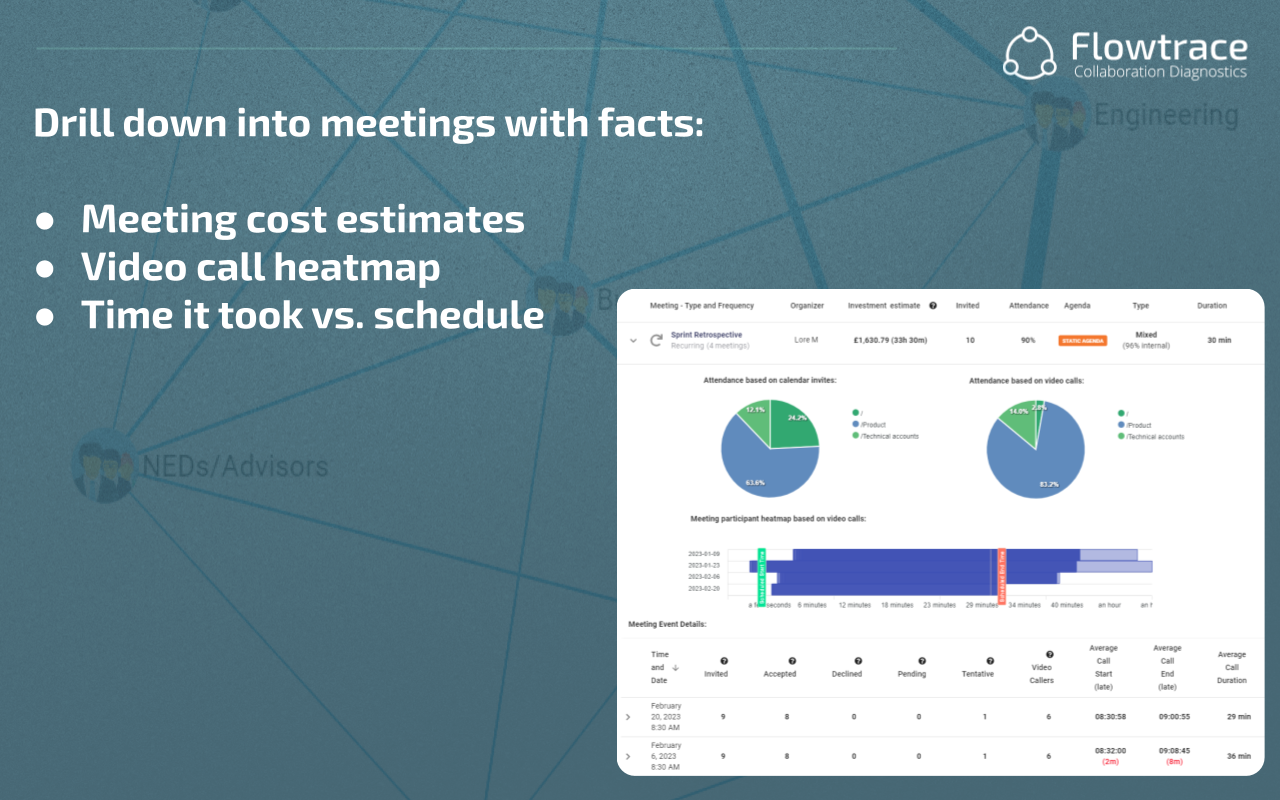Scrum has emerged as one of the most important frameworks in the modern software engineering industry due to its agile and iterative nature. It is an agile framework designed for effective collaboration and iterative development within cross-functional teams. As a result, agile methodologies are used in over 70% of companies building software worldwide.
Scrum framework articulates work around sprints: A sprint is a time-boxed iteration during which a development team works to deliver a potentially shippable product increment. It is a fixed period, typically two weeks, during which the team focuses on prioritised product backlog items.
The sprint provides a predictable cadence for the team to plan, develop, and review their work.

The scrum ceremonies
Scrum meetings, or ceremonies, are time-boxed events designed to facilitate communication, collaboration, and progress tracking within Scrum teams. These rituals ensure the team remains aligned, focused, and adaptable throughout development. The primary Scrum meeting rituals include:
Daily Scrum (Daily Stand-up)
The Daily Scrum is a short, time-boxed meeting where the development team gathers to synchronise their activities, identifies potential roadblocks, and keeps the team members accountable to one another. It typically lasts around 15 minutes, during which each team member provides answers to three key questions:
- How am I blocked?
- What is distracting me from my current priority?
- Will we reach the sprint goal on time?
Sprint Planning
Sprint Planning is an meeting that sets the direction and scope of work for the upcoming sprint, including which work items are going to be delivered. It occurs at the beginning of each sprint.
The meeting is time-boxed, with the duration typically set to 2 hours for a two-week sprint.
Sprint Review
The Sprint Review happens at the end of each sprint. It allows the team to showcase the completed work to stakeholders, gather feedback, and make necessary adjustments to the product backlog.
The meeting is time-boxed, typically set to 1 hour for a two-week sprint.
Sprint Retrospective
The Sprint Retrospective is a session for the team to reflect on the previous sprint and identify areas for improvement. It focuses on process, collaboration, and teamwork rather than the product itself. The team reflects on what went well, what could be improved, and actionable steps to enhance productivity.
The meeting is time-boxed, typically set to 1 hour for a two-week sprint.
Challenges of conducting effective remote scrum meetings
In a modern work world where hybrid collaboration is becoming the norm, Scrum ceremonies have shifted online, like any virtual meetings, and they come with their challenges:
- Regular cadence: While the frequency of these meetings ensures regular communication, it can be seen as excessive by some who prefer less structured interaction.
- Meetings duration: While Scrum meetings should be time-boxed, some team members may feel that the amount of time spent in these meetings needs to be lowered and is distracting the members from relevant sprint work.
- Ineffective Meeting Practices: Poorly managed, prepared or unproductive meetings can contribute to the perception of too many meetings in Scrum. If meetings lack clear agendas, become repetitive, or fail to address pressing concerns, participants may feel that valuable time is being wasted.
This perception can lead to frustration and a belief that Scrum involves excessive meeting requirements.
Overcoming these challenges requires proactive measures and effective remote collaboration strategies. Utilising company analytics tools, establishing clear communication guidelines and fostering a positive meeting health culture can help mitigate these obstacles and enhance the effectiveness of remote Scrum ceremonies.

Strategies to improve remote Scrum meetings
An efficient meeting health can improve remote Scrum ceremonies. We've written a previous article about how to improve it. This article is valid for Scrum ceremonies.
In addition, the following pieces of advice can improve your ceremonies a lot:
- Respecting Time-boxed meeting duration and punctuality, especially for daily scrums. Daily scrums used to be held in person, physically standing up. With the shift to remote meetings, it's easy to overrun these meetings and lose focus on participants.
- Choose participants carefully. Especially Daily Scrum and Sprint Retro should mainly focus on the developers involved in the current sprint. Sprint review and planning can open a wider project stakeholder circle.
- Increase the available knowledge by capturing and sharing the action items across the team. Capture action items from sprint retros and review them regularly to increase transparency and accountability towards and outside the team.
- Outside of these Scrum ceremonies, enable as much time as possible for the team to focus on deep work.
Your total Scrum meetings should take at most 12% of the available time, so your team can maximise their focus time to do the important work.
How Flowtrace can support your Scrum team
Flowtrace provides company analytics for the industry standard tools used by Agile teams and can track your team productivity:
- Google Meet & Zoom: Flowtrace gathers data on meeting punctuality, duration, participant engagement, and more from your Scrum meetings.
- Slack: Flowtrace evaluates how each Scrum team collaborates and communicates within the team channel and cross-channel. Flowtrace also analyses how effectively information is shared.
- Jira, ClickUp, Asana: Flowtrace integrates with these project management tools to track how Scrum meetings and planning are translated into actionable items.
- GitHub and GitLab: Flowtrace tracks deep focus work through the 2 main version control management tools used by developers and tech teams.
 Flowtrace: Meeting attendance audit
Flowtrace: Meeting attendance audit
Conclusion: The role of meeting health KPIs in measuring and optimising success
In conclusion, meeting health KPIs are crucial in measuring and optimising the success of Scrum ceremonies.
By focusing on metrics Flowtrace provides, such as ceremony duration, engagement, punctuality, and meeting feedback, Scrum teams can gain valuable productivity insights, identify improvement areas, achieve sprint goals on time, and ultimately deliver high-value software products.
